From July 13 to July 26, the “Chemistry Empowering Health” International Undergraduate Summer School, organized by the School of Chemical Engineering and Chemistry at Harbin Institute of Technology, was successfully held in Harbin. A total of 25 undergraduate students from chemistry-related, biology-related, and interdisciplinary medical-engineering fields gathered for the event. They represented institutions including Shanghai Jiao Tong University and Xi’an Jiaotong University in China, as well as Novosibirsk State University and the National University of Science and Technology MISIS from Russia, and Yonsei University from South Korea. These students explored academic frontiers and promoted international exchange through lectures, thematic seminars, innovative experiments, and cultural visits.
Opening Ceremony
At 10:00 AM, on July 14, the opening ceremony was held in Room 331 of the Student Activity Center. During the ceremony, organizing committee representatives introduced the main goals of the summer school. These goals focus on cutting-edge fields, including “artificial cells,” “biomaterials,” and “medical-engineering integration,” aiming to build an academic exchange platform for international undergraduates. The school also aims to strengthen students’ foundational knowledge, broaden their academic horizons, and cultivate top-tier innovative talents. With enthusiastic applause from participants around the world, a two-week academic journey officially began.
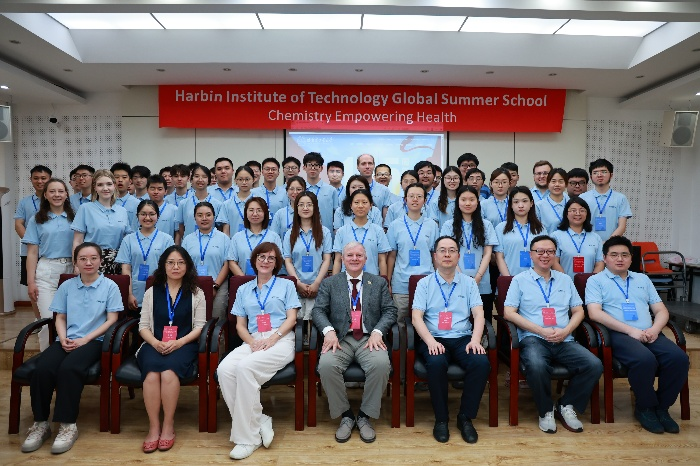
Lectures
Professor Andrey Rempel, an academician of the Russian Academy of Sciences and a professor at Ural Federal University, delivered the first lecture titled “Photoapplications of Titania for a Healthy Life.” He shared his research on the photo-applications of titanium dioxide for promoting a healthy lifestyle. Specifically, he highlighted the use of specially treated high-specific-surface-area titanium dioxide photocatalysts to remove ecotoxicants from water environments in industrialized regions. Funded by the Russian Science Foundation, his work offered innovative solutions for environmental health.
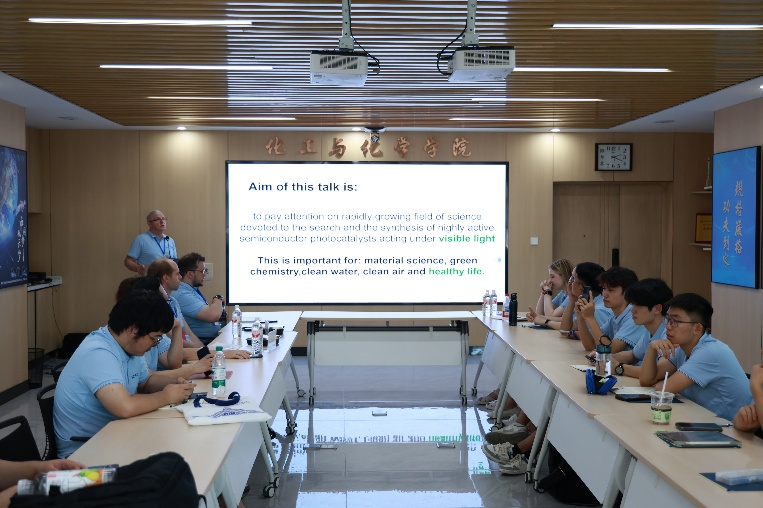
Associate Professor Menglin Chen from Aarhus University, Denmark, presented a series of courses on “Biofabrication.” Focusing on nanofiber biofabrication technologies, she elaborated on electrohydrodynamic spinning techniques for tissue engineering. She also emphasized the role of nanofiber-based biomaterials in enhancing cellular processes. Her groundbreaking achievements in electrospinning and 3D printing deepened students’ understanding of the advancements in biofabrication.
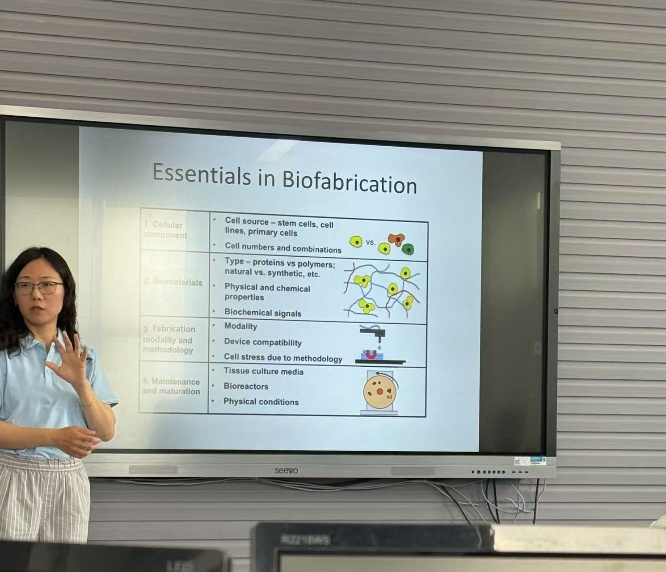
Professor Alina Manshina from Saint Petersburg State University delivered a lecture titled “Laser Synthesis of SERS-Active Platforms for Bio-Analytes and Ecotoxicants.” She systematically explained the principles of Surface-Enhanced Raman Scattering (SERS) and detailed laser-based methods for synthesizing SERS-active substrates, which have applications in detecting bio-analytes and ecotoxicants. Her presentation revealed the unique value of nano-optics in environmental and health monitoring. In the afternoon, all participants visited the HIT Museum and the Aerospace Museum to directly experience the university’s historical legacy and scientific achievements.
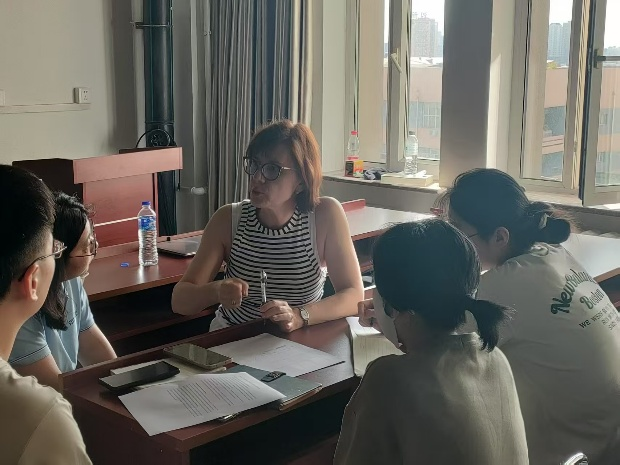
Hands-on Projects
From July 21st to 24th, the summer school offered four experimental courses, such as “Construction of Artificial Cells” and “Hydrogen Peroxide Electrochemical Sensor.” These courses enabled students to experience the allure of medical-engineering integration technology through hands-on practice.
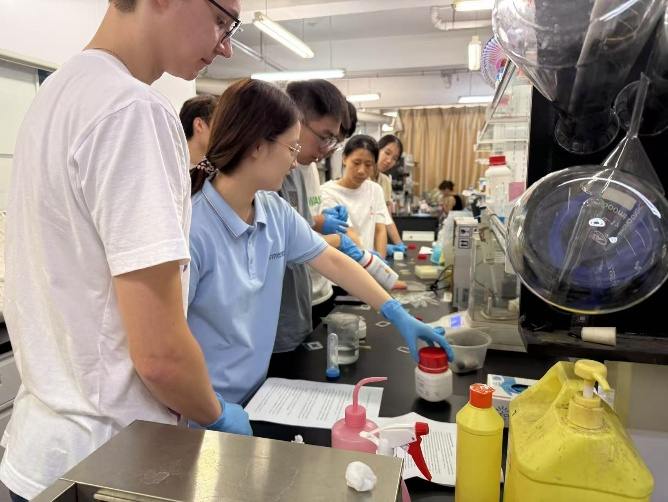
Closing Ceremony
On the afternoon of July 25th, the closing ceremony took place in Room D702 of Mingde Building. At the event, student representatives shared their reflections and insights from the past two weeks. They stated that through in-depth exchanges with well-known scholars from both home and abroad and hands-on involvement in innovative experiments, they had not only strengthened their professional knowledge but also expanded their international outlooks.
Certificates of completion were presented to the participants. The organizers encouraged the students to use this summer school as a springboard to keep exploring the frontiers of “Chemistry Empowering Health” and contribute their youthful vigor to global health initiatives.
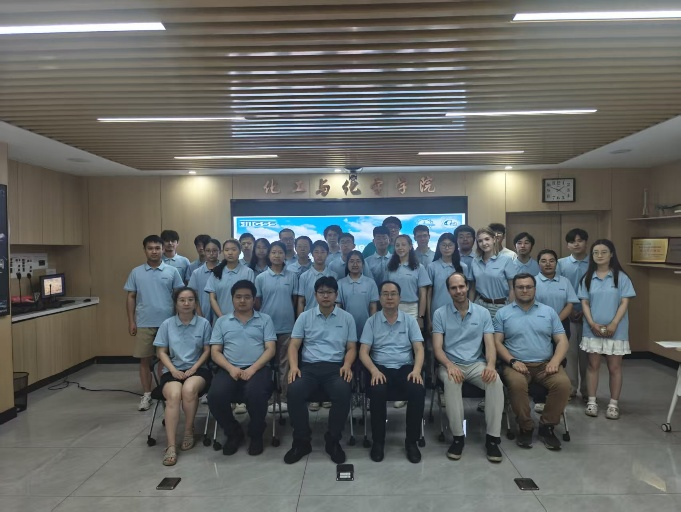
Closing Remarks
The successful hosting of this international summer school not only provided a high-level academic exchange platform for international undergraduates but also demonstrated HIT’s academic strength in chemical engineering and chemistry. As one of the earliest institutions in China to establish these disciplines, HIT’s School of Chemical Engineering and Chemistry has achieved fruitful results in cutting-edge fields such as “artificial cells” and “biomaterials.” Moving forward, the school will continue to promote international academic collaboration and strive tirelessly to cultivate top-tier innovative talents globally.
责任编辑:
审核:吴婉琼


